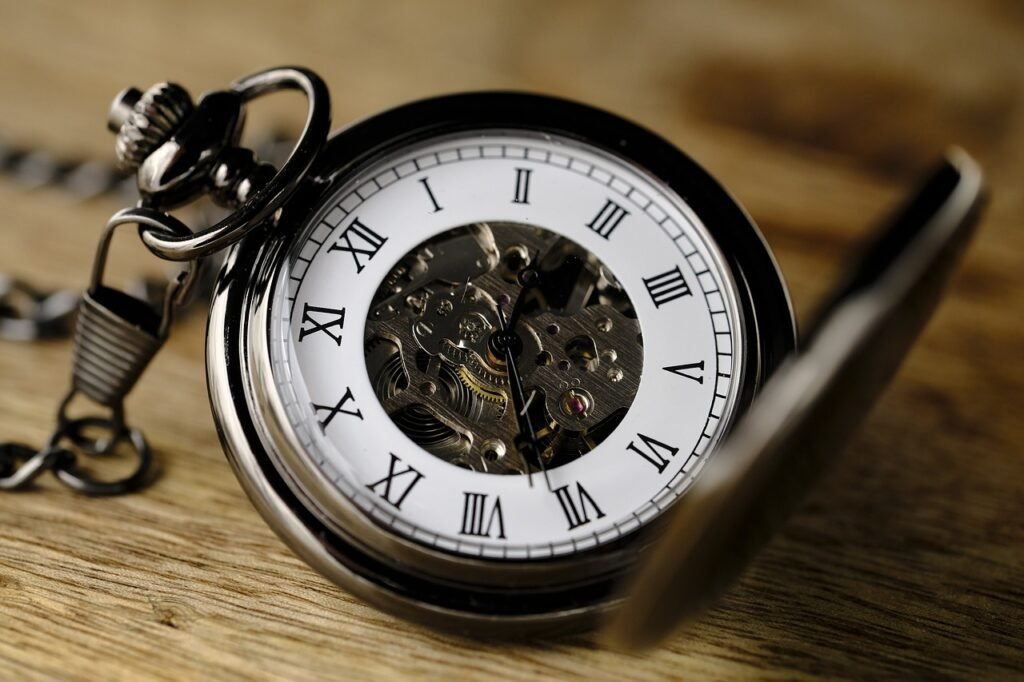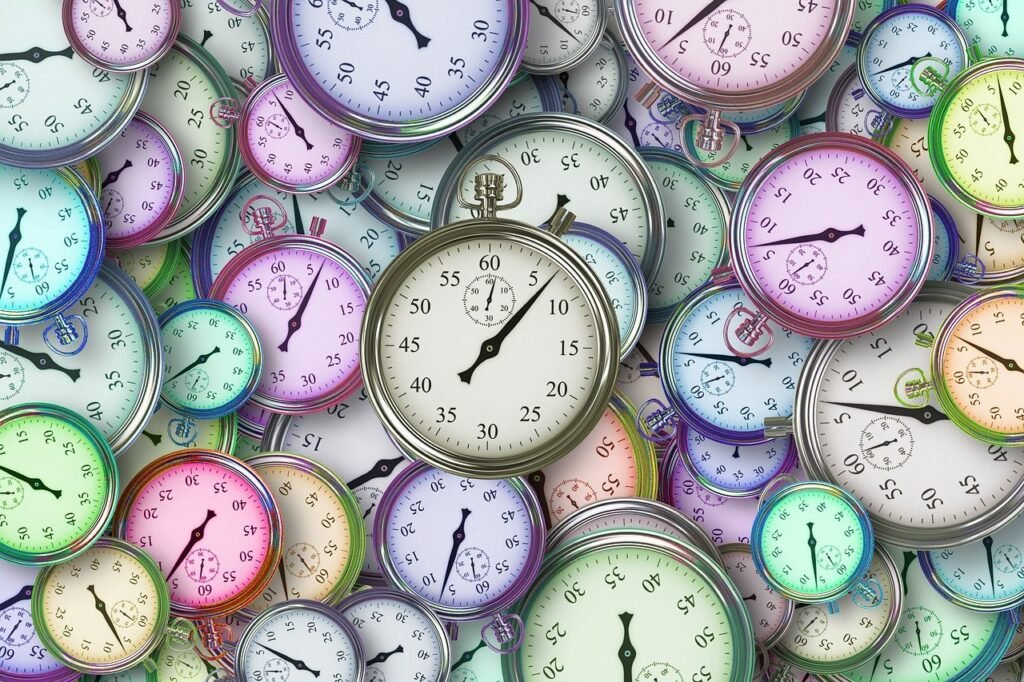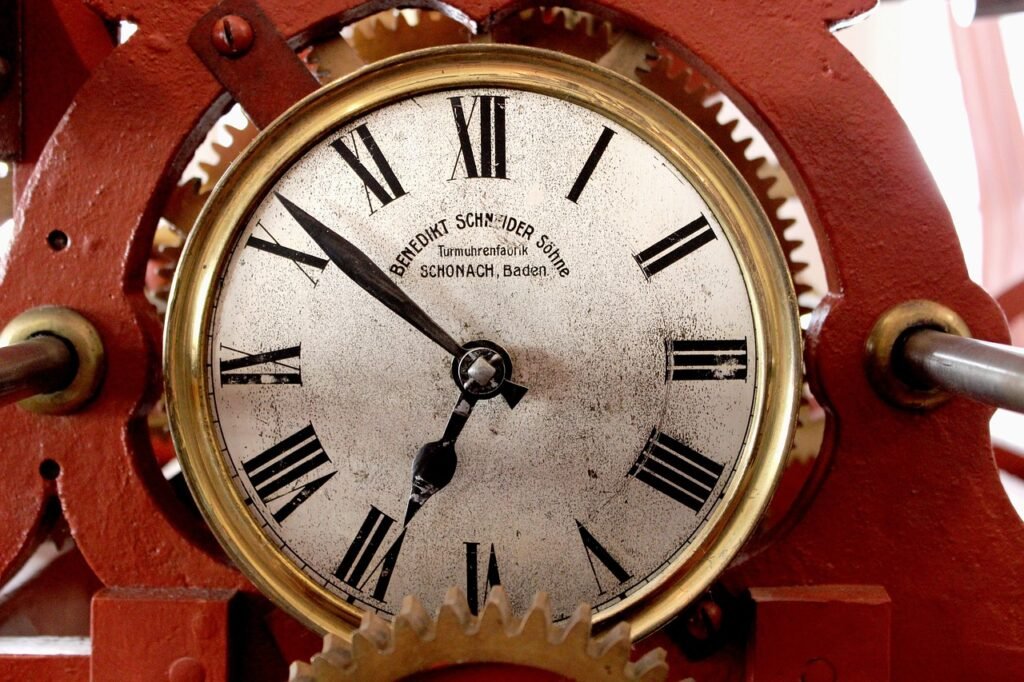Are you looking to fix that old clock sitting in your home? Do you want to learn how to repair it yourself? Look no further! This step-by-step guide will walk you through the process of DIY clock repair. Let’s get started!

This image is property of pixabay.com.
Getting Started with DIY Clock Repair
Repairing a clock may seem like a daunting task, but with the right tools and know-how, you can easily tackle this project. Whether your clock has stopped working, is running too slow or fast, or needs a simple adjustment, this guide will help you troubleshoot and repair it yourself.
Assessing the Issue
The first step in repairing a clock is to assess the issue. Is the clock not working at all, or is it running too fast or slow? Take a close look at the clock hands, pendulum, and movement to determine what might be causing the problem.
Once you have identified the issue, you can move on to the next steps in the repair process.
Tools Needed for DIY Clock Repair
Before you begin repairing your clock, make sure you have the right tools on hand. Here are some essential tools you will need for DIY clock repair:
| Tool | Description |
|---|---|
| Screwdrivers | Phillips and flathead |
| Pliers | Needle-nose and regular |
| Oil | For lubricating clock parts |
| Tweezers | For delicate adjustments |
| Cleaning Cloth | To wipe down clock parts |
Having these tools at your disposal will make the repair process much smoother and more efficient.

This image is property of pixabay.com.
Understanding Different Types of Clock Movements
Clocks come in a variety of styles and designs, each with its own unique movement mechanism. Understanding the type of movement your clock has will help you troubleshoot and repair it more effectively. Here are some common types of clock movements:
Mechanical Movements
Mechanical clock movements rely on a system of gears, springs, and weights to keep time. These movements require regular winding to function properly. If your mechanical clock is running too fast or slow, it may need to be cleaned and oiled.
Quartz Movements
Quartz clock movements are powered by a small battery and are known for their accuracy. If your quartz clock is not working, check the battery first. Replacing the battery is often all that is needed to get a quartz clock running again.
Pendulum Movements
Clocks with pendulum movements use a swinging pendulum to regulate the timekeeping. If your pendulum clock is not keeping time, check to see if the pendulum is properly aligned and swinging freely. Adjusting the pendulum length can also help regulate the clock.
Understanding the type of movement your clock has will guide you in the repair process and help you identify potential issues more efficiently.
Steps for DIY Clock Repair
Now that you have assessed the issue, gathered the necessary tools, and understand the type of movement your clock has, it’s time to start the repair process. Here are some step-by-step instructions to guide you through DIY clock repair:
Step 1: Remove the Clock Case
Start by carefully removing the clock case to access the inner workings of the clock. Use a screwdriver to remove any screws or bolts holding the case in place. Be gentle to avoid causing any damage to the clock.
Step 2: Inspect the Clock Movement
Once you have removed the clock case, take a close look at the movement to identify any issues. Look for broken or worn-out parts, dirt or debris, and any signs of damage. Pay close attention to the gear wheels, escapement, and pendulum.
Step 3: Clean and Lubricate the Clock Movement
Cleaning and lubricating the clock movement is an essential part of the repair process. Use a soft cleaning cloth to wipe down the movement and remove any dirt or debris. Apply a small amount of clock oil to the moving parts to ensure they move smoothly.
Step 4: Check the Clock Hands
Next, check the clock hands to see if they are properly aligned and not rubbing against each other or the dial. If the clock hands are misaligned, gently adjust them with your fingers or a pair of tweezers to ensure they move freely.
Step 5: Adjust the Pendulum
If your clock has a pendulum movement, make sure the pendulum is properly aligned and swinging freely. Adjust the length of the pendulum if needed to regulate the timekeeping of the clock.
Step 6: Test the Clock
After you have completed the necessary repairs and adjustments, test the clock to see if it is running properly. Wind the clock (if it is a mechanical movement) or replace the battery (if it is a quartz movement) and listen for any ticking sounds.
If the clock is running smoothly and keeping time accurately, you have successfully repaired your clock!

This image is property of pixabay.com.
Video Tutorials for DIY Clock Repair
If you prefer visual guidance when it comes to DIY projects, there are plenty of video tutorials available online that can help you with clock repair. Watching a video tutorial can provide you with step-by-step instructions and demonstrations of how to repair different types of clocks.
Here are some popular video tutorials for DIY clock repair:
- How to Repair a Mechanical Clock
- DIY Guide to Fixing a Quartz Clock
- Troubleshooting Common Issues with Pendulum Clocks
Watching these video tutorials can give you valuable insights and tips on how to repair your clock effectively.
Conclusion
Repairing a clock can be a rewarding and fulfilling experience, especially when you see your clock working perfectly again. By following this step-by-step guide and using the right tools, you can tackle DIY clock repair with confidence. Remember to take your time, be patient, and enjoy the process of bringing your clock back to life. Happy repairing!
